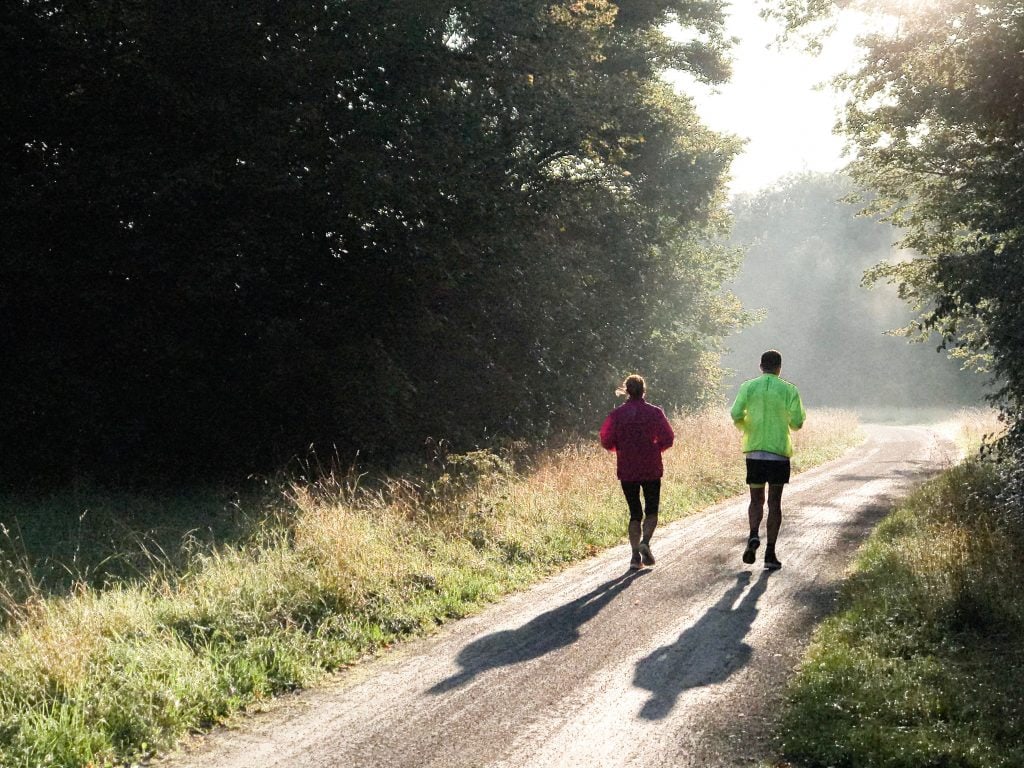
LUNG DISEASE
Part 1 of 2
This column is a monthly feature of “Health & Exercise Forum” in association with the students and faculty of Geisinger Commonwealth School of Medicine (formerly The Commonwealth Medical College).
GCSOM GUEST AUTHOR: Nicholas Czelatka, MD1
Nicholas is a currently a first-year medical student Geisinger Commonwealth School of Medicine. He is a graduate of Stony Brook University and Islip High School. Nicholas grew up in Long Island and enjoys the outdoors with activities ranging from golfing to surfing to skiing.
Chronic obstructive pulmonary disease (COPD) has become the fourth leading cause of death and is one of the only major chronic diseases which have seen an increase in mortality rates. COPD includes emphysema, chronic bronchitis and asthma.
Patients with COPD suffer from progressive shortness of breath, cough, wheeze, and sputum production. Most patients with emphysema have been cigarette smokers.
Patients with emphysema develop obstruction to airflow as a result of narrowing of bronchial tubes due to excess mucous, smooth muscle constriction, and destruction of lung tissue. Eventually, the lungs become over distended, which leads to overexpansion of the chest itself. This process leads to the so-called ''barrel chest'' appearance of patients with advanced COPD.
The most common symptom of COPD is shortness of breath. Initially, the patient complains of shortness of breath only with exertion, but symptoms progress over time to include difficulty breathing, even at rest. Eventually the disease worsens to the point that oxygen is required and the patient may become severely disabled.
Treatment of COPD starts with smoking cessation, and, when symptomatic, patients are started on inhaled bronchodilator medications. Some of these medications include albuterol, ipratropium, titotropium, and inhaled steroids. Long-acting bronchodilators such as formoterol or salmeterol and theophylline medications may be added. Oxygen is added when the patient's own oxygen level falls to a certain point. In fact, oxygen is the only therapy that has been shown to prolong the life of patients with COPD.
Over time, patients with COPD decrease their level of activity due to the sensation of shortness of breath. This downhill slide eventually leads to a very sedentary existence. Recent studies have shown that COPD not only affects the lungs, but is a condition which affects the diaphragm and the peripheral muscles. Patients with COPD have been shown to have abnormal limb muscles as a result of deconditioning and systemic inflammation. Exercise is the best treatment to delay or prevent deconditioning.
Studies have shown that several factors can actually worsen the symptoms associated with COPD. For example, stress can negatively impact breathing patterns and lead to anxiety which worsens shortness of breath. The weather can also aggravate symptoms, such as season climate and high humidity changes. Irritants, like smoke (first or second hand), as well as cooking smoke, cleaning aerosols and perfumes should be avoided. Overexertion, not to be confused with a necessary and appropriate exercise program, can lead to shortness of breath and other symptoms. Noncompliance, such as not using oxygen, taking medications and performing a home exercise program as directed, will aggravate symptoms.
Pulmonary rehabilitation has been shown in numerous studies to decrease the shortness of breath associated with COPD. Exercises to strengthen the arms are helpful to assist patients in performing activities of daily living such as combing hair, cooking, and reaching objects above their heads. Walking and riding a stationary bike are helpful to exercise the leg muscles, especially the large thigh muscles. Despite the fact that exercise programs may not improve lung function, the patients overall level of function are almost always improved. It is recommended that a pulmonologist and physical therapist should be consulted to establish an appropriate and individualized exercise program (to be discussed in next week’s column on COPD).
Sources: www.cdc.gov
Medical Reviewer: Dr. Gregory Cali, DO – is a pulmonologist (lung doctor) in Dunmore, PA.
Visit your doctor regularly and listen to your body.
Keep moving, eat healthy foods, and exercise regularly
NEXT MONDAY – Read Dr. Paul J. Mackarey “Health & Exercise Forum!” COPD Part 2 – Exercise with COPD.
This article is not intended as a substitute for medical treatment. If you have questions related to your medical condition, please contact your family physician. For further inquires related to this topic email: drpmackarey@msn.com
Paul J. Mackarey PT, DHSc, OCS is a Doctor in Health Sciences specializing in orthopaedic and sports physical therapy. Dr. Mackarey is in private practice in downtown Scranton, PA and is an associate professor of clinical medicine GCSOM.